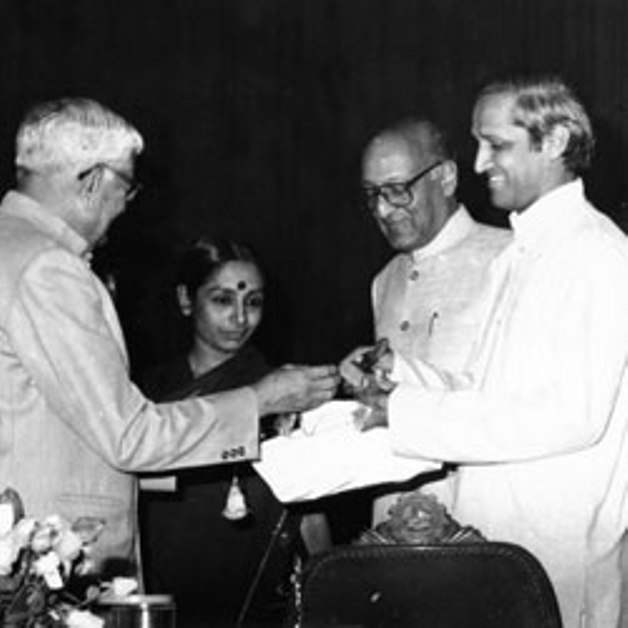Shocked By Famine, This Inspiring Hero Transformed Villages Across Ten States
He spent a year and a half travelling all over the country, studying the work of voluntary agencies and formulating his plans.
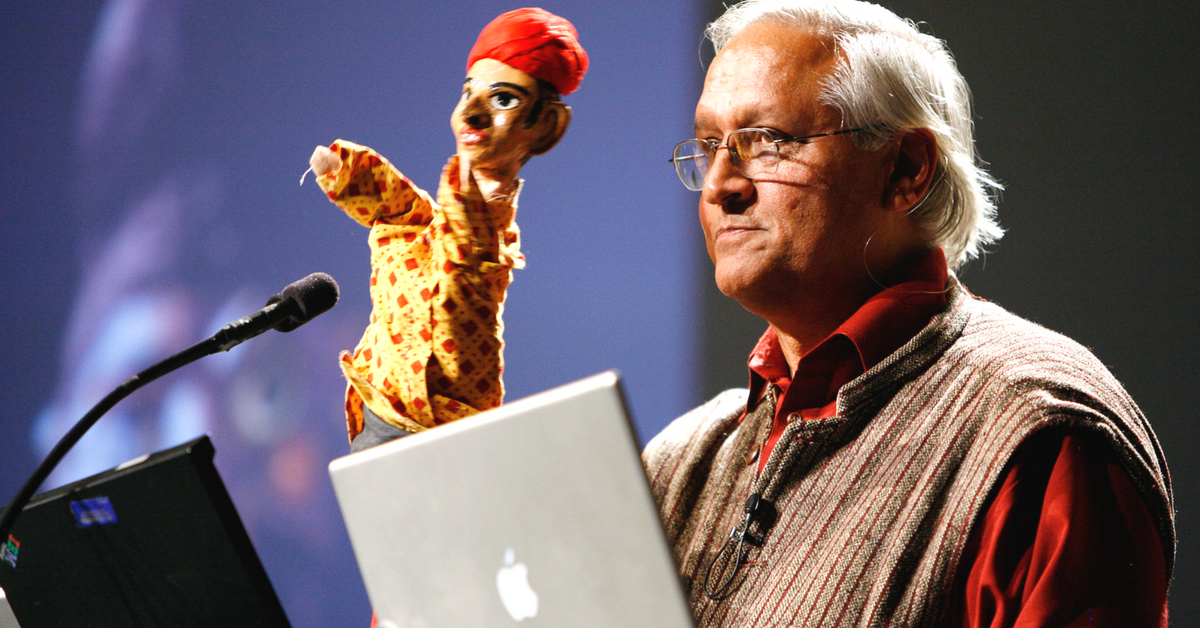
Mr. Sanjit Roy popularly known as “Bunker” Roy, was born in 1946 in an upper middle-class Bengali family. He was educated at elitist institutions like Doon School and St Stephen’s College (Delhi) where he had a distinguished academic career. He was also a three-time Squash Champion.
Life was thus smooth and comfortable for him, with prospects of a promising career ahead. But he renounced it to undertake innovative work of introducing scientific yet simple systems and programmes to change the lives of people in rural India.
His work in Tilonia and its surrounding areas in Rajasthan has earned him national as well as international recognition.

Source: Flickr
Sheer curiosity prompted Roy to accompany some college friends who went to Bihar to do relief work during the 1966-67 famine. It was the first time he had seen hunger and death at such close quarters.
He returned, determined to dedicate his life to rural development, a resolve which met with angry protests from his mother. But Sanjit was unmoved.
Also Read: This Inspiring French Man Has Been Taking Gandhian Ideals to Europeans For Years!
For a while, he worked with the Catholic Relief Services and Rajasthan Emergency Water and Agricultural Development Society (REWARDS) on their water development programmes in Rajasthan. During this period, he realised that while water was an important problem for the farmers, the real need was to educate and train them in modern agricultural methods, better healthcare, etc., in the absence of which, development was bound to be limited and lopsided.
Roy was thus, motivated to start a project of his own.
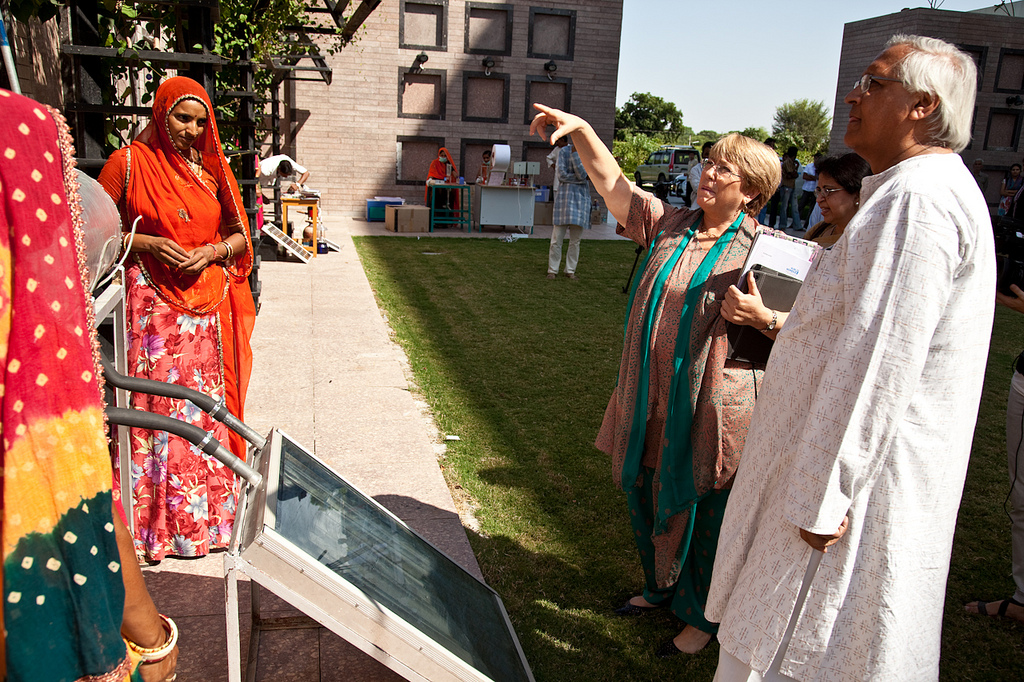
Source: Flickr
He spent a year and a half travelling all over the country, studying the work of voluntary agencies and formulating his plans. Finally in 1972, at the age of 26, he established the Social Work and Research Centre (SWRC) in Tilonia, a village with a population of 1,600, in one of the eight Panchayat Samitis of Ajmer, the Silora Panchayat Samiti.
The SWRC serves as the base for providing services to about 100 villages covering 1,300 square kilometres. Its main objectives are:
- to promote an integrated approach to rural development
- to make voluntary social work more and more professionalised
- to provide basic technical and socioeconomic services to villagers from one centre
- to train rural youth to transfer skills and knowledge from urban areas, thus eventually making village communities self-reliant
- to encourage the rural poor to organise themselves and also to provide institutional support to them so that they become aware of and claim their rights.
The central campus of SWRC covers 45 acres at Tilonia, with five field centres at Kotri, Chota Narayana, Nalu, Kadamoura, and Paranda. There are about 130 workers who devote their time to the cause of rural uplift.
The entire area is mainly desert land, where all sorts of problems and difficulties exist–scarcity of water, saline and alkaline soil, lack of transport, electricity, roads, means of communication, etc.
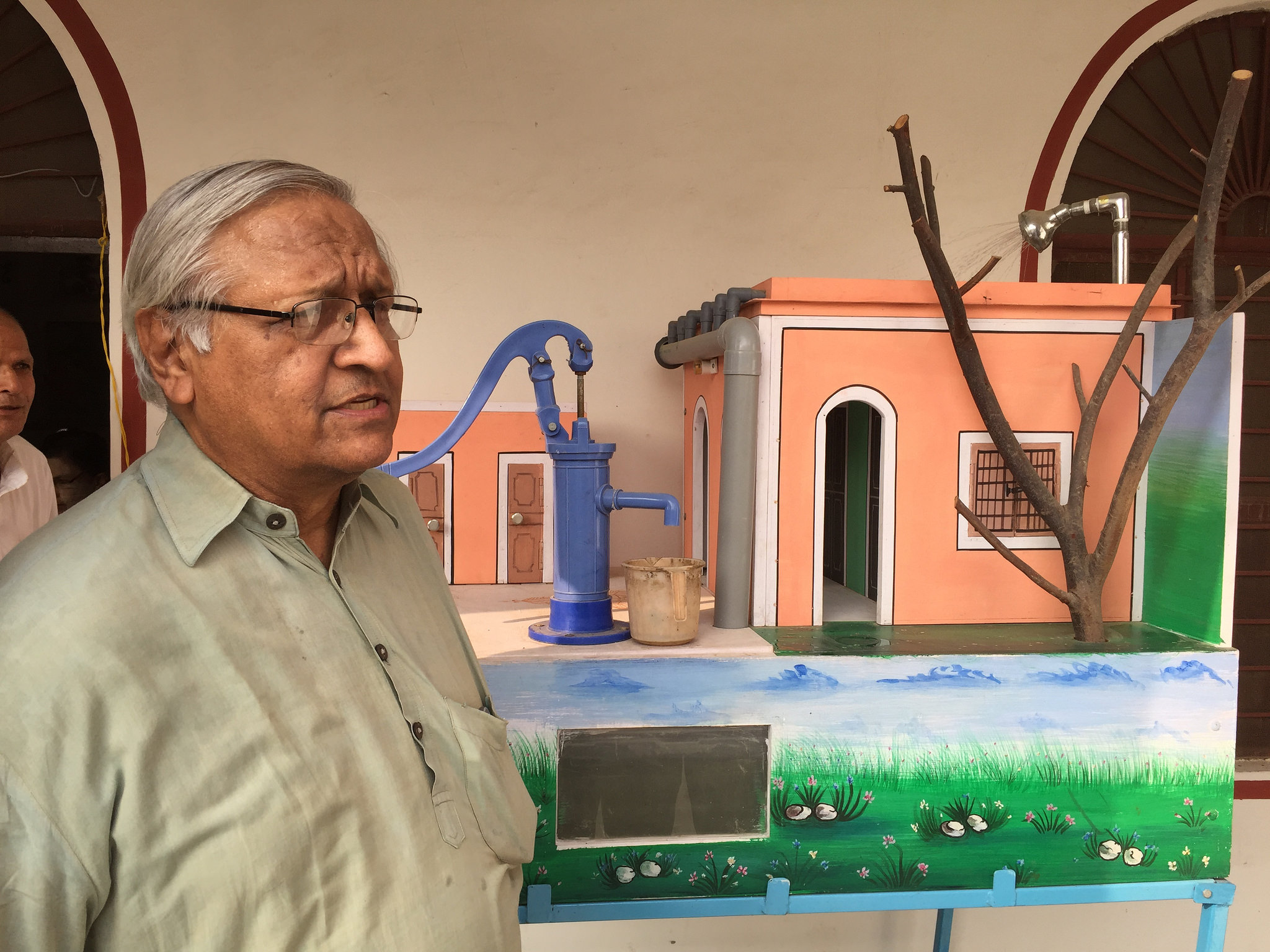
Source: Flickr
Tilonia’s target group is the rural poor. They specifically include scheduled castes, Harijans, landless labourers, small and marginal farmers, rural artisans and rural womenfolk. As for the children, SWRC concentrates more on pre-Primary school going children and drop-out kids. The Centre’s activities mostly cater to people below the poverty line, who form more than 40% of the 1 lakh people living in its area of operation.
The SWRC programmes include the following:
- development of water supply for irrigation and drinking groundwater survey, drilling, and construction of wells, installation of pumps;
- development of land allotted to scheduled castes, Harijans and landless labourers;
- provision of technological inputs, credit and marketing services; the spread of education, especially for small children and drop-outs; health education and preventive and curative health services; providing self-employment for weaker sections and women by starting rural industries;
- upgrading traditional skills through training, designing help, credit, and marketing;
- promotion of appropriate technology appliances like solar cookers and heaters, bio-gas, windmills;
- animal husbandry; communication through audio-visual and puppetry media.
Separate sections have been set up for these programmes at Tilonia, having linkages with field centres, ensuring decentralisation as well as coordination.
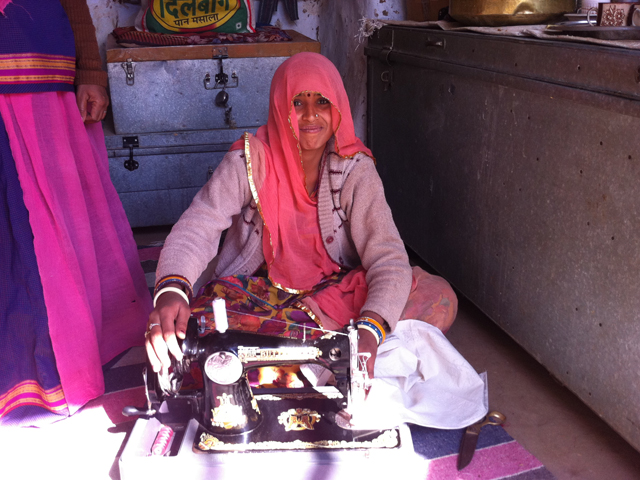
Source: Flickr
The beneficiaries of these programmes are involved in planning, implementing and monitoring them, for which they interact with the urban specialists of the Centre. This access to professional services has given them knowledge and confidence, which has put an end to the exploitation to which they were earlier subjected.
What makes Tilonia different is its professional approach to rural development. Over the years, it has been able to attract young professionals like doctors, teachers, engineers, geologists, geophysicists, sociologists, anthropologists, economists and trained nurses, social workers, designers and extension workers.
Also Read: First, She Fought for Freedom. Then, She Fought Untouchability for 6 Decades!
Besides, Tilonia itself has trained para-professionals required for the field work. All these functionaries meet once every month for dialogue and coordination of work. The professionals are brought into closer contact with the reality of rural India, as they have to live and work under difficult physical conditions, without facilities like electricity and running water. This necessity involves inconvenience, but they accept it because it is consistent with the way of life of the villagers.
Another notable aspect of Sanjit Roy’s work is the effort to replicate the Tilonia model in other parts of the country. So far, such projects have been initiated in ten more States.
For this purpose, workers from these States stayed in Tilonia and were trained in all respects. Tilonia can thus, claim to have shown the way. This has been possible primarily because of Roy’s inspiring leadership. When he set out on his mission, many thought that he was thinking too big.
But he has proved them wrong.
One should also gratefully remember the contribution which his wife, Aruna Roy, has made to his success. She gave up her post in the IAS and has been whole-heartedly supporting Sanjit in his work. The identity of purpose and harmony which exists between them has sustained the Tilonia experiment.
On his plans, Sanjit Roy shares, “Gradually, we would like to move even further, from providing services to being catalysts for social change. An old proverb puts it well: ‘Give me a fish, and I eat for a day; teach me to fish, and I eat for a lifetime’. That’s what we are trying to do in Tilonia.”
Sanjit Roy is the recipient of Jamnalal Bajaj Award for Application of Science and Technology for Rural Development-1985
Like this story? Or have something to share? Write to us: [email protected], or connect with us on Facebook and Twitter.
NEW: Click here to get positive news on WhatsApp!
If you found our stories insightful, informative, or even just enjoyable, we invite you to consider making a voluntary payment to support the work we do at The Better India. Your contribution helps us continue producing quality content that educates, inspires, and drives positive change.
Choose one of the payment options below for your contribution-
By paying for the stories you value, you directly contribute to sustaining our efforts focused on making a difference in the world. Together, let’s ensure that impactful stories continue to be told and shared, enriching lives and communities alike.
Thank you for your support. Here are some frequently asked questions you might find helpful to know why you are contributing?


This story made me
-
97
-
121
-
89
-
167



